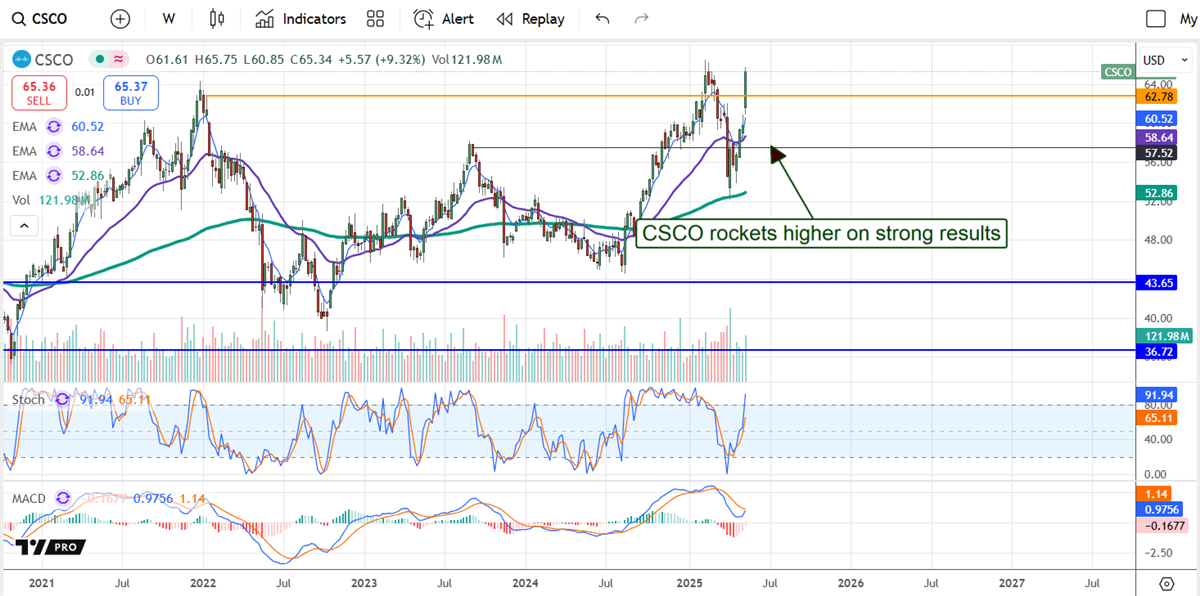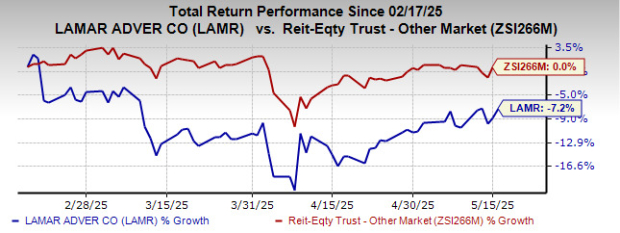Investing in UPS: A Strategic Opportunity Amid Price Declines
Two investing adages may appear contradictory. Many investors adhere to the saying “buy low and sell high,” yet others warn, “Don’t try to catch a falling knife.” Which of these proverbs applies to United Parcel Service (NYSE: UPS)? While shares of this package delivery giant have decreased over 50% from their 2022 peak, I view UPS not as a “falling knife” but as a robust investment for long-term growth.
Understanding the Decline in UPS Stock
When a stock like UPS drops significantly, it’s crucial to understand the underlying causes. A look back helps explain the situation.
After the onset of the COVID-19 pandemic, UPS shares surged nearly 150% from early March 2020 to early January 2022. This spike was driven by increased package delivery demand as more people worked remotely and avoided in-person contact. In response, UPS expanded its delivery network.
However, this surge was temporary. As the pandemic’s influence lessened, UPS’s business growth stalled. The company also encountered challenging negotiations with the Teamsters Union. Although a strike was averted, the negotiation process negatively impacted UPS’s share price and led to reduced profits.
Earlier this year, UPS announced plans to cut its Amazon shipment volume by more than 50% by 2026. This news caused further declines in UPS’s stock, as Amazon represents the company’s largest customer, contributing 11.8% of total revenue in 2024.
Is Improvement on the Horizon?
Despite recent troubles, UPS has reported earnings growth, with a 4.2% increase year over year in Q1 2025. The higher costs from the Teamsters Union contract are now behind the company.
Additionally, both U.S. and international revenues are on the rise, even as Amazon’s average daily volume decreased by 16% during the same quarter, falling in line with UPS’s projections.
CEO Carol Tomé remains confident that scaling back on Amazon is the right move. During the Q1 earnings call, she stated, “This volume is not profitable for us, nor a healthy fit for our network. The Amazon volume we plan to keep is profitable and it is healthy volume.” This restructuring is expected to save UPS roughly $3.5 billion this year.
UPS is also looking beyond Amazon to offset this volume, focusing on healthcare, international, business-to-business (B2B), and small-to-medium-sized business (SMB) markets. The healthcare segment, in particular, presents strong growth potential due to its resilience during economic downturns.
It’s important to note that government tariffs create uncertainty for UPS and its clients. Specifically, shipment volumes from China to the U.S. may face challenges. However, UPS anticipates that these declines will be mitigated by increased shipments from China to other countries and by other international shipments to the U.S.
Reasons to Consider UPS Stock Now
Why might UPS be an appealing investment right now? There are three compelling reasons:
First, UPS’s business is expected to remain resilient in the long term. The demand for package deliveries should continue to rise over the next decade. UPS operates one of the largest delivery networks globally, providing it with a significant competitive advantage.
Second, UPS offers an attractive forward dividend yield of 6.58%, which provides a solid foundation for potential long-term returns. While there’s a possibility of dividend cuts, an emphasis on improving profitability may allow UPS to maintain dividends at current levels.
Third, the company’s stock is currently undervalued. At a price-to-earnings ratio of 14.6, UPS shares are trading significantly lower than historical norms.
Some may still consider UPS a “falling knife” to avoid, but I believe investing in this undervalued stock now could yield significant rewards over the coming years.
Should You Invest in United Parcel Service Now?
Before investing in UPS, consider the following:
While the Motley Fool analyst team has identified 10 stocks they believe are the best buys currently, United Parcel Service did not make this list. The selected stocks have strong potential for high returns in the coming years.
In investment terms, it’s worth reflecting on past recommendations. For example, if you invested $1,000 in Netflix on December 17, 2004, you’d have over $635,275 today! Similarly, a $1,000 investment in Nvidia after it was recommended on April 15, 2005, would now be worth about $826,385.
Overall, consider the long-term potential of UPS as you weigh your investment options.
The views and opinions expressed herein are those of the author and do not necessarily reflect those of Nasdaq, Inc.






